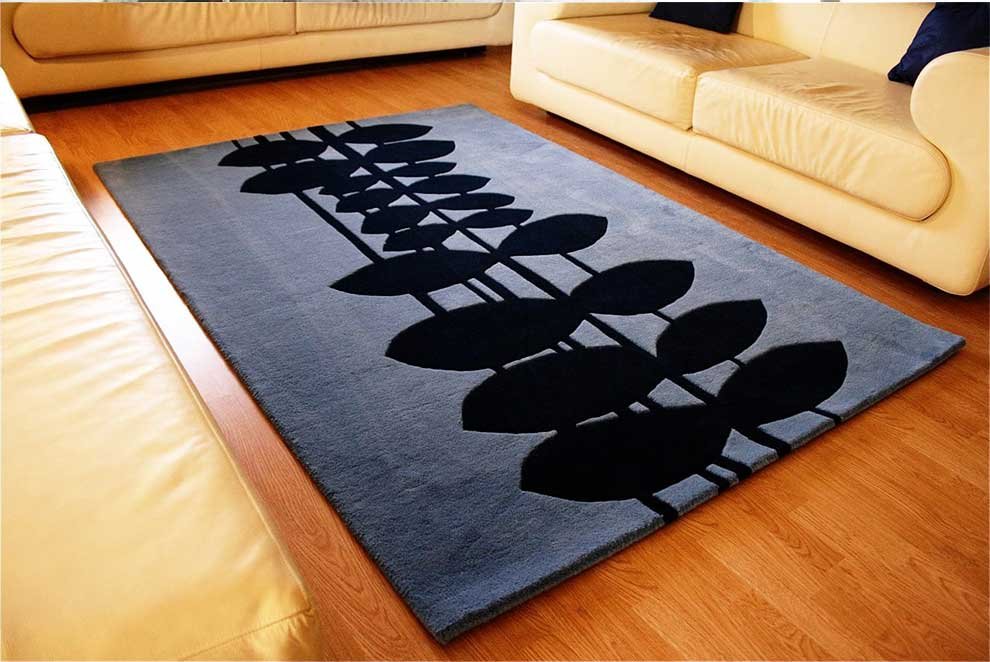
Carpets and Rugs: A Comprehensive Guide to India’s Carpet Export Industry
Table of Contents
Carpets and Rugs: A Comprehensive Guide to India’s Carpet Export Industry
Introduction
Carpets and rugs have been an integral part of Indian culture and tradition for centuries. India is known worldwide for its exquisite carpets, which have become an essential aspect of the country’s thriving export industry. In this article, we will explore the various aspects of carpet and rug exports from India, including major exporters, the role of the Carpet Export Promotion Council, manufacturing processes, and the overall landscape of the carpet industry in India.
Carpet Exporters in India
- Bhadohi Carpets Exporters
Bhadohi, a small town in the Indian state of Uttar Pradesh, is often referred to as the “Carpet City” of India. It is the largest carpet manufacturing and exporting hub in the country. The town is famous for its high-quality handmade carpets, which are exported to various international markets, including the United States, Europe, and the Middle East.
- Other Major Carpet Exporting Regions
Apart from Bhadohi, there are several other regions in India known for their carpet exports. These include Mirzapur, Varanasi, Agra, Jaipur, and Srinagar. Each region has its unique carpet weaving techniques and designs, making Indian carpets highly sought after in the global market.
Carpet Export Promotion Council
The Carpet Export Promotion Council (CEPC) is a non-profit organization established by the Government of India to promote the growth and development of the carpet export industry. The CEPC organizes various events, trade fairs, and exhibitions to showcase Indian carpets and rugs to international buyers. It also helps Indian carpet manufacturers and exporters navigate the complex export process and comply with international quality standards.
Indian Carpet Manufacturers
Indian carpet manufacturers are known for their expertise in producing high-quality, handcrafted carpets using traditional weaving techniques passed down through generations. The manufacturers produce a diverse range of carpets, including hand-knotted, hand-tufted, and hand-woven rugs in various materials, such as wool, silk, and jute.
Carpet Manufacturing in India
- Handmade Carpets
Handmade carpets are a significant part of the Indian carpet industry. Artisans use traditional techniques like hand-knotting, hand-tufting, and hand-weaving to create intricate designs and patterns. These carpets are highly valued for their craftsmanship, durability, and unique designs.
- Machine-Made Carpets
With advancements in technology, machine-made carpets have also gained popularity in recent years. These carpets are produced using modern machinery, which allows for faster production and lower costs. While machine-made carpets may not have the same level of intricacy and uniqueness as handmade carpets, they offer affordability and consistency in design, making them a popular choice for consumers.
Carpets Manufacturers in India
- Notable Carpet Manufacturers
In addition to the manufacturers mentioned earlier, India is home to numerous other carpet manufacturers, both large and small. Some of these include Kaleen Rugs. These companies produce a wide variety of carpets and rugs, catering to different tastes and budgets, ensuring that there is something for everyone in the Indian carpet industry.
Rugs Manufacturers India
India is also known for its rug manufacturing, with many companies specializing in the production of high-quality rugs for both domestic and international markets. Indian rug manufacturers often use traditional techniques and eco-friendly materials, such as jute, cotton, and recycled fabrics, to create beautiful and sustainable products.
How to Start a Carpet Export Business
- Market Research
Before starting a carpet export business, it is essential to conduct thorough market research to identify potential markets, target customers, and the types of carpets that are in demand. This information will help you make informed decisions about the products you want to export and the marketing strategies you will employ.
- Create a Business Plan
A detailed business plan is crucial for any new venture. Your business plan should outline your business objectives, target market, product offerings, pricing strategy, marketing plan, and financial projections. This document will serve as a roadmap for your carpet export business and help you stay focused on your goals.
- Legal Requirements
To start a carpet export business, you need to obtain the necessary licenses and permits from the relevant government authorities. This may include registering your business, obtaining an Importer-Exporter Code (IEC), and complying with any specific regulations related to the carpet industry.
- Networking and Partnerships
Building relationships with manufacturers, suppliers, and international buyers is critical to the success of your carpet export business. Attend trade fairs, exhibitions, and industry events to network with potential partners and customers. Establishing strong partnerships will help you gain access to new markets and ensure a steady supply of high-quality products.
Carpet Export from India
India is one of the world’s leading exporters of carpets and rugs, with the United States, Europe, and the Middle East being the primary markets. Indian carpets are in high demand due to their unique designs, exceptional craftsmanship, and competitive prices. The carpet export industry plays a significant role in the Indian economy, providing employment opportunities for millions of artisans and generating substantial foreign exchange earnings.
Carpet Export Data
According to data from the Carpet Export Promotion Council, India’s carpet exports have been steadily growing over the years. In the fiscal year 2019-2020, Indian carpet exports amounted to over $1.2 billion, with handmade carpets accounting for the majority of the exports. The government’s continued support and initiatives, such as skill development programs and financial assistance, have helped the carpet industry remain competitive in the global market.
Carpet Industry in India
The carpet industry in India is a vital part of the country’s economy, employing millions of people, particularly in rural areas. This labor-intensive industry relies heavily on the skills and expertise of local artisans, who have been practicing traditional weaving techniques for generations. With increasing global demand for Indian carpets and rugs, the industry continues to grow and evolve, embracing modern technologies and sustainable practices while preserving its rich cultural heritage.
Conclusion
India’s carpet and rug industry is a vibrant and essential part of the country’s cultural and economic landscape. With its unique blend of traditional craftsmanship and modern innovation, the industry continues to thrive, providing high-quality products to consumers worldwide. As the global demand for Indian carpets and rugs remains strong, the industry’s future looks promising, with opportunities for growth and continued success. Initiatives by the government and industry stakeholders, such as the Carpet Export Promotion Council, play a crucial role in supporting and promoting the carpet export industry, ensuring that India maintains its position as a leading player in the global carpet and rug market.
FAQs
What makes Indian carpets unique?
Indian carpets are known for their intricate designs, traditional weaving techniques, and high-quality materials. The craftsmanship and attention to detail found in handmade Indian carpets set them apart from carpets produced in other countries.
What are the main carpet exporting regions in India?
The primary carpet exporting regions in India include Bhadohi, Mirzapur, Varanasi, Agra, Jaipur, and Srinagar. Each region has its unique weaving techniques and carpet designs, contributing to the diversity of Indian carpets in the global market.
What is the role of the Carpet Export Promotion Council in India?

The Carpet Export Promotion Council (CEPC) is a non-profit organization established by the Government of India to support the growth and development of the carpet export industry. The CEPC organizes events, trade fairs, and exhibitions, helps manufacturers and exporters comply with international quality standards, and provides guidance on the export process.
What is the difference between handmade and machine-made carpets?
Handmade carpets are crafted by skilled artisans using traditional weaving techniques like hand-knotting, hand-tufting, and hand-weaving. These carpets are known for their intricate designs and exceptional craftsmanship. Machine-made carpets, on the other hand, are produced using modern machinery, allowing for faster production and lower costs. While they may not have the same level of intricacy as handmade carpets, machine-made carpets offer affordability and consistency in design.
How can someone start a carpet export business in India?

Starting a carpet export business in India requires market research, a detailed business plan, obtaining the necessary licenses and permits, and building relationships with manufacturers, suppliers, and international buyers. Networking and attending industry events can help establish connections and partnerships, which are crucial for the success of a carpet export business.


























